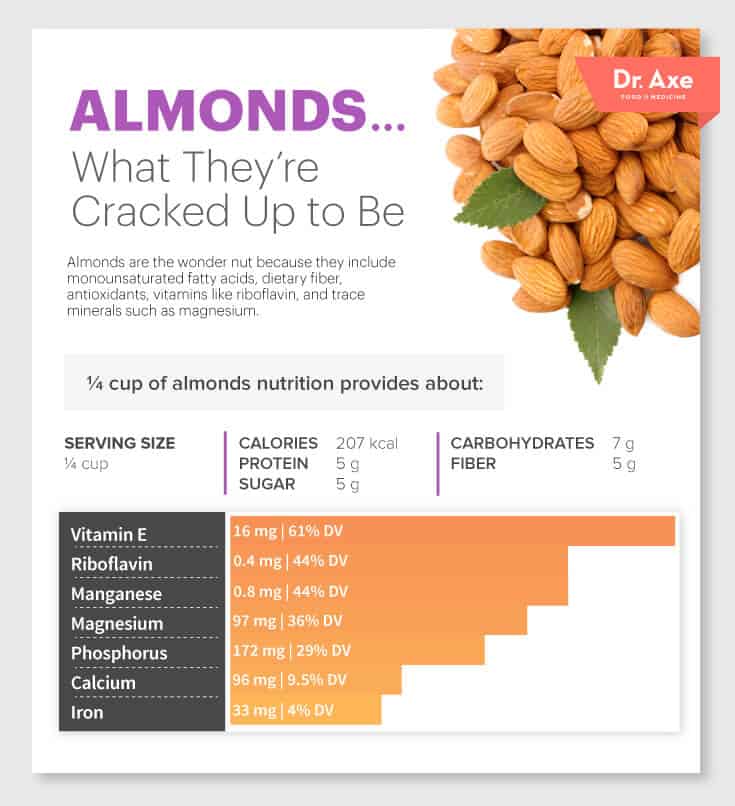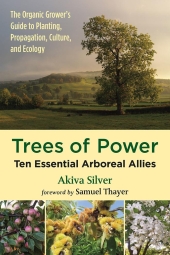
 4
4




seeking mutualism, discovering trees
 4
4




R Spencer wrote:I also cook with fats that do not come from trees, like olive oil
 4
4




Work smarter, not harder.
 4
4




When you reach your lowest point, you are open to the greatest change.
-Avatar Aang
 3
3





 4
4




Permaculture...picking the lock back to Eden since 1978.
Pics of my Forest Garden
 4
4




 7
7




 3
3




Living a life that requires no vacation.
 1
1





 2
2




seeking mutualism, discovering trees




seeking mutualism, discovering trees
 2
2




Living a life that requires no vacation.




R Spencer wrote:Greg, almonds are an awesome nut, but in my neck of the woods they wouldn't have a chance at least for now while we get frosts well past March. I do still eat (and sometimes drink) lots of almonds, but most of them are grown in California where I understand monocultures do a lot of harm to regional water resources.
 1
1




Growing on my small acre in SW USA; Fruit/Nut trees w/ annuals, Chickens, lamb, pigs; rabbits and in-laws onto property soon.
Long term goal - chairmaker, luthier, and stay-at-home farm dad. Check out my music! https://www.youtube.com/@Dustyandtheroadrunners
 3
3





|
Slime does not pay. Always keep your tiny ad dry.
The new purple deck of permaculture playing cards
https://www.kickstarter.com/projects/paulwheaton/garden-cards
|








